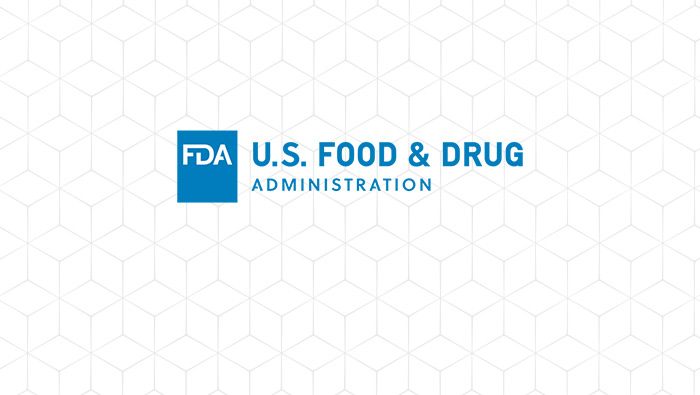FDA’s latest draft guidance document on Dietary Guidance Statements in Food Labeling shares FDA’s current thinking on label, labeling and marketing statements that aims to help Americans make informed food choices. FDA has long actively supported consumer awareness of scientific and independent nutritional recommendations. This latest guidance, intended to support recommendations in the Dietary Guidelines for Americans 2020-2025 for those two years of age and older, provides information on appropriate, informative product statements found on a product’s Principal Display Panel (PDP) and other marketing materials.
This Draft Guidance Document distinguishes between Dietary Guidance Statements and Nutrient Content Claims and health claims, which at first glance may seem to overlap. Nutrient Content Claims expressly or implicitly characterize the levels of specific nutrients in foods. Dietary Guidance Statements build on Nutrient Content Claims and communicate how a food or food group may contribute to or help maintain a nutritious dietary pattern.
Nutrient Content Claims vs Health Claims vs Dietary Guidance Statements
FDA regulates food labels in the Code of Federal Regulations, 21 CFR 101. This includes specific requirements for using certain nutrient content claims (21 CFR 101.13(b)) on food labels that expressly or implicitly characterize the levels of specific nutrients in foods. Examples of nutrient content claims are “low” in fat content or “high” in Vitamin D. “Healthy” is an implied nutrient content claim as it suggests that a food, because of its nutrient content, may help consumers maintain healthy dietary practices. The word “healthy” is narrow in scope and therefore, in order for a food to be labeled as such, it must meet the regulatory requirements found in 21 CFR § 101.65(d).
Health claims made on food products must name the food substance and the disease or health-related condition (21 CFR § 101.14(a)(1)) it supports.
Dietary Guidance Statements communicate how a food or food group may contribute to or help maintain a nutritious dietary pattern and makes no relationship between consumption of the food and a reduced risk of a disease or health-related condition. The recommended (but not required) statements are part of a consensus report developed by unbiased scientific experts in human nutrition.
How May Dietary Guidance Statements Be Used?
Food manufacturers are provided with a broad range of recommended Dietary Guidance Statement messages as well as specific amounts of the food or food group that should be in a product for it’s labeling to bear a Dietary Guidance Statement. FDA also recommends limits for sodium, saturated fat, and added sugars for products bearing a Dietary Guidance Statement.
Unlike Nutrient Content Claims, Dietary Guidance Statements may be either written or graphic, including symbols or vignettes, used in written, printed, or graphic materials that accompany a food such as websites or in brochures.
Though FDA provides optional language for Dietary Guidance Statements, it also does not require that exact language be used. Dietary Guidance Statements may paraphrase the key or principal recommendations as long as the paraphrase is true to the original and is not otherwise false or misleading. If alternate language is used, that information must be based on current scientific thinking by U.S. scientific bodies with public health and nutrition expertise (sections 403(r)(2)(G) and 403(r)(3)(C) of the FD&C Act) or public or private scientific bodies focused on human nutrition Information developed by unbiased organizations are not permitted as a justification for development of unique Dietary Guidance Statements.
What Do I Need to Know About Fats, Sodium and Sugars?
FDA’s nutrient content recommendations are based on a daily consumption of 2,000 calories as found in the Healthy U.S.-Style Dietary Pattern found in the Dietary Guidelines, 2020-2025.
When the subject of the Dietary Guidance Statement is an individual food or food group (e.g., apples or fruit), FDA recommends the product provide ¼ of the daily recommended amount of the food or food group at the 2,000 calorie level per Reference Amount Customarily Consumed (RACC).
In order for food products to bear Dietary Guidance Statements, the product must not exceed certain nutrient levels that are inconsistent with a healthy dietary pattern. FDA specifically addresses recommended limits of saturated fat, sodium and added sugar content in this draft guidance. For instance, individual foods (including mixed products) bearing Dietary Guidance Statements should not contain more than 2 percent of the DV for saturated fat (2 grams) per RACC. Specific details and examples pertaining to a variety of single source and mixed food products are provided.
EAS Consulting Group’s food labeling team offers assistance with label review, development of PDPs and allowable claims, including Dietary Guidance Statements, and claim substantiation. For information about our services and how we may help you, contact us through our website.
Posted in Dietary Supplements, FDA and USDA Regulatory Update, Foods.
